 When Bob Meistrell started surfing in Northern California during the early 1950s, 20 minutes was about all he could stand in the frigid coastal waters. Despite the constant rush of adrenaline, after three or four good waves, the Body Glove co-founder was hightailing it back to a dry towel in the warmth of his car. With water temperatures near Santa Cruz hovering in the mid-50s, the surf was cold enough for a swimmer to catch hypothermia in an hour.
When Bob Meistrell started surfing in Northern California during the early 1950s, 20 minutes was about all he could stand in the frigid coastal waters. Despite the constant rush of adrenaline, after three or four good waves, the Body Glove co-founder was hightailing it back to a dry towel in the warmth of his car. With water temperatures near Santa Cruz hovering in the mid-50s, the surf was cold enough for a swimmer to catch hypothermia in an hour.

Body Glove’s first wetsuit size chart used this photographic diagram. Image courtesy of Body Glove.
This unpleasant reality is in sharp contrast to popular depictions of early American surf-culture, which are all skimpy swimsuits and suntanned skin. Bands like the Beach Boys and films like Annette Funicello’s “Beach Blanket Bingo” cemented an image that revolved around the southern tip of California or the tepid waters of Hawaii. In fact, most beaches on the California coast were simply too cold for surfers to get their fix, inspiring pioneers like Meistrell to start tinkering with some creative solutions.
However, the first neoprene wetsuit wasn’t developed by a surfer, but by a Berkeley physicist named Hugh Bradner, whose contributions are sometimes overlooked. In 1951, Bradner was working in conjunction with researchers at University of California, Berkeley, and the U.S. Navy to design a diving suit for the military that didn’t need to prevent water intrusion to keep the wearer warm. Hence the name “wetsuit.”

Diver John Foster wears two of Bradner’s early neoprene wetsuit prototypes, circa 1952. Images courtesy of Scripps Institution of Oceanography Archives, UC San Diego Library.
A fellow researcher suggested Bradner try a foamed neoprene material made by a company called Rubatex. (At the time, extruded neoprene strips were primarily used as a sealant around gaskets for automobiles and airplanes.) Neoprene was filled with tiny, uniform air bubbles that helped insulate against the cold, even without being skintight. Divers working with the Scripps Institution of Oceanography tested Bradner’s early prototypes, and his best designs utilized the thick, foam-rubber material with fantastic results.

An early 1950s ad for EDCO’s sub-mariner wetsuit.
Apparently, Bradner preferred his wetsuit research to benefit the U.S. Navy rather than profiting from their production. In a letter dated December 8, 1952, Bradner wrote, “I plan to get someone started to making the foam suits commercially within the next month or two, if all goes well. I do not anticipate any particular difficulty, since I specifically wish to avoid any profit to myself. I don’t want to compromise my position of unbiased consultation on swimmers’ problems.”
Instead of pushing for his own patent, Bradner allowed the application to pass to the University of California, which abandoned the project after determining the market for watersport equipment was too limited; in 1952, there were relatively few surfers and divers around the world.
Read the rest of this article at Collectors Weekly.
Reproduced with kind permission of Hunter Oatman-Stanford.





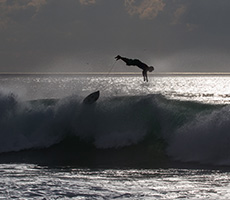

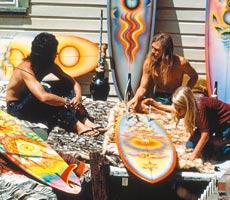
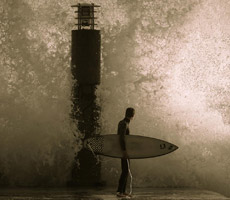
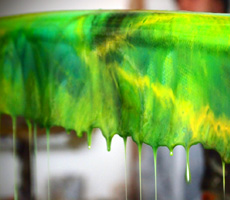
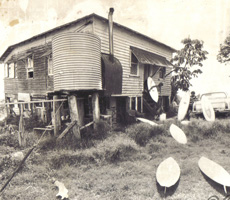
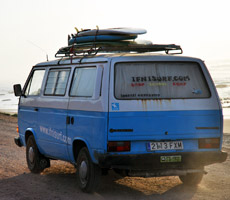
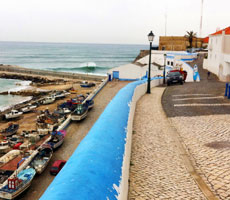
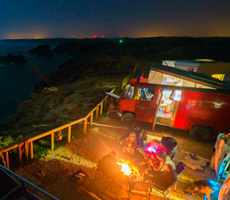
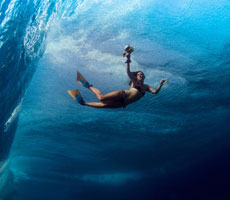

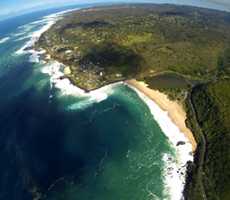
No Comments